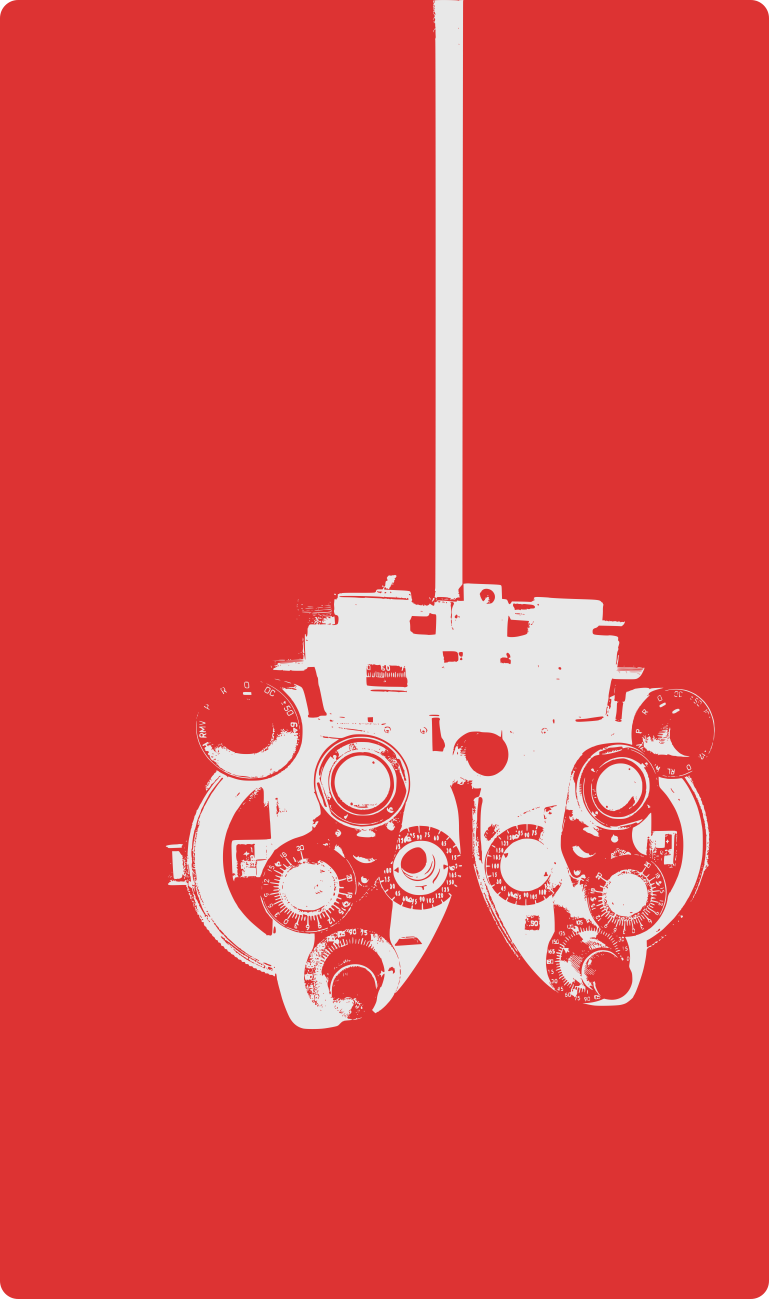Category: Uncategorized
-

Still life of a fall
I made a thing tonight. Still life of a fall by Kyle R. Conway is licensed under CC BY 4.0
-
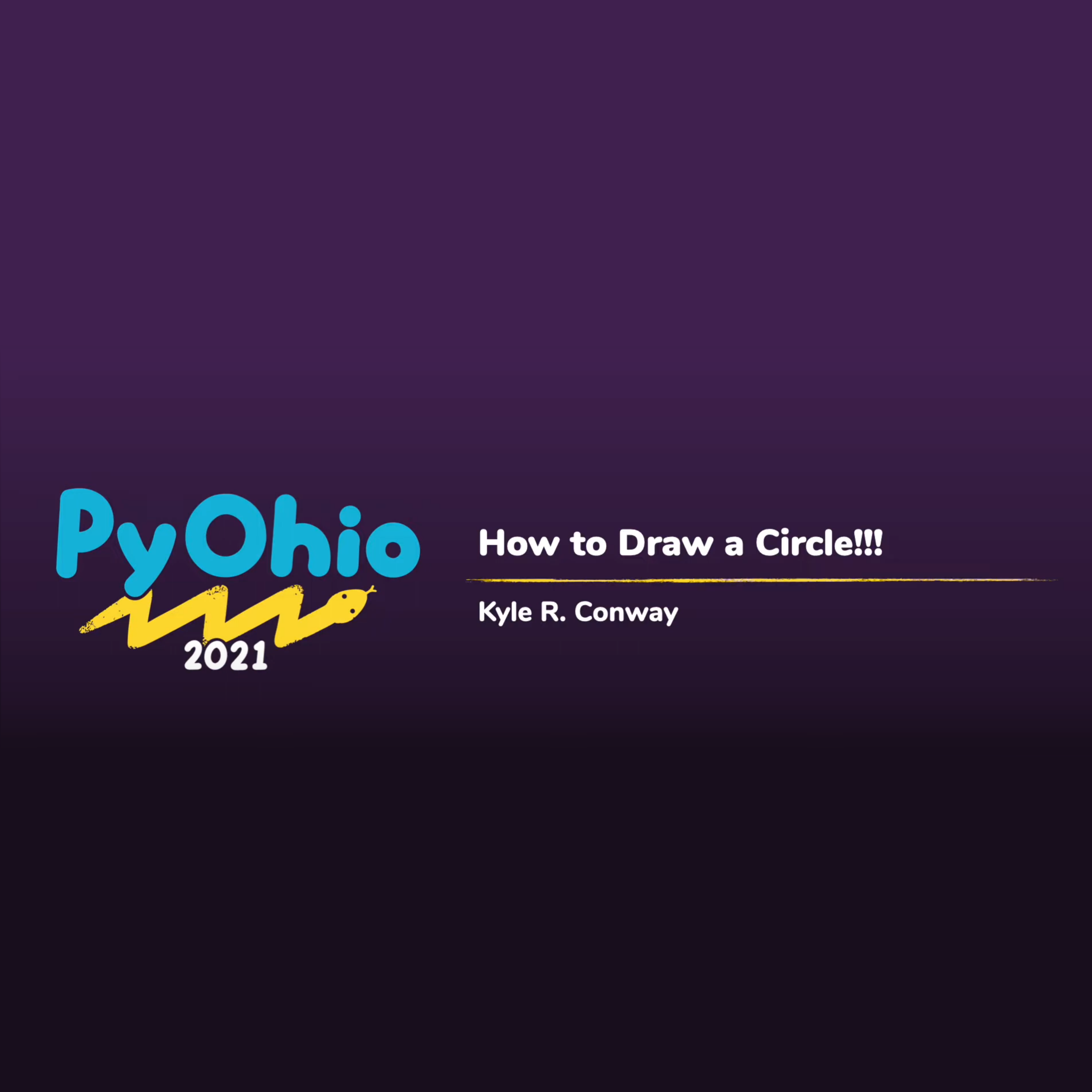
PyOhio – How to Draw a Circle
PyOhio took place today. You can see the abstract I presented here, but the final video is embedded below. It was a great event and all the videos are up now on the PyOhio page. Video
-
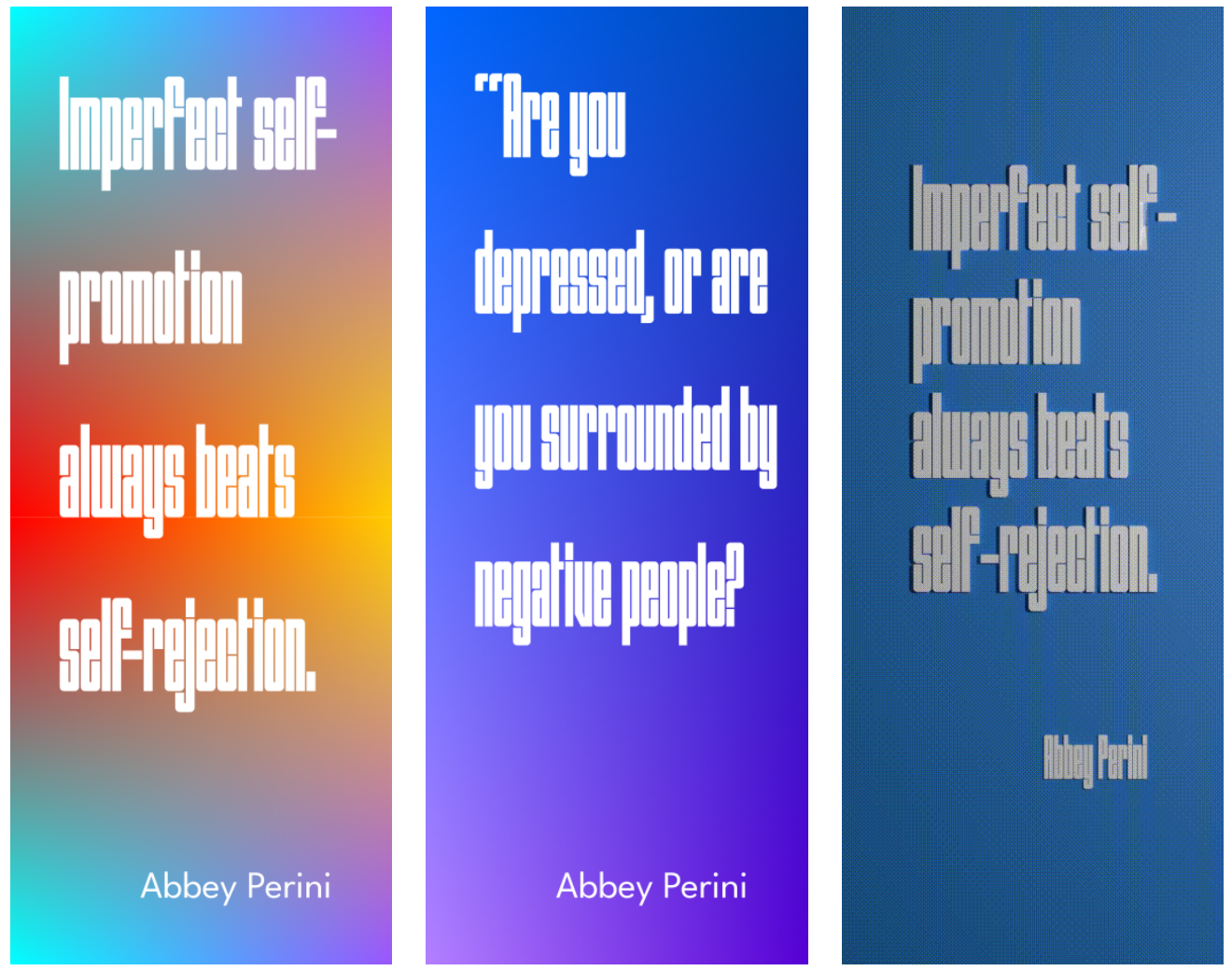
Quick-Design Quotes @ VirtualCoffee
VirtualCoffee had a great Brownbag talk this morning called How to Promote Yourself to Potential Employers by Abbey Perini. I suspect it will be posted at some point because it was recorded, but there were a number of stellar quotes and I decided to quickly mock up a few of them in Inkscape (initially) and…
-
![How to draw a circle!!! [EASY BEGINNER TUTORIAL]](https://kylerconway.com/wp-content/uploads/2021/04/circle-1568x757.png)
How to draw a circle!!! [EASY BEGINNER TUTORIAL]
My Rejected 2021 !!CON Talk Accepted PyOhio Application https://www.pyohio.org/2021/program/speakers/kyle-r-conway Abstract Everyone knows that writing code making art is easy! There are so many free resources available on the internet that becoming a programmer an artist has never been easier! In this talk I’ll demo several ways to make a todo list draw a circle! We’ll…
-
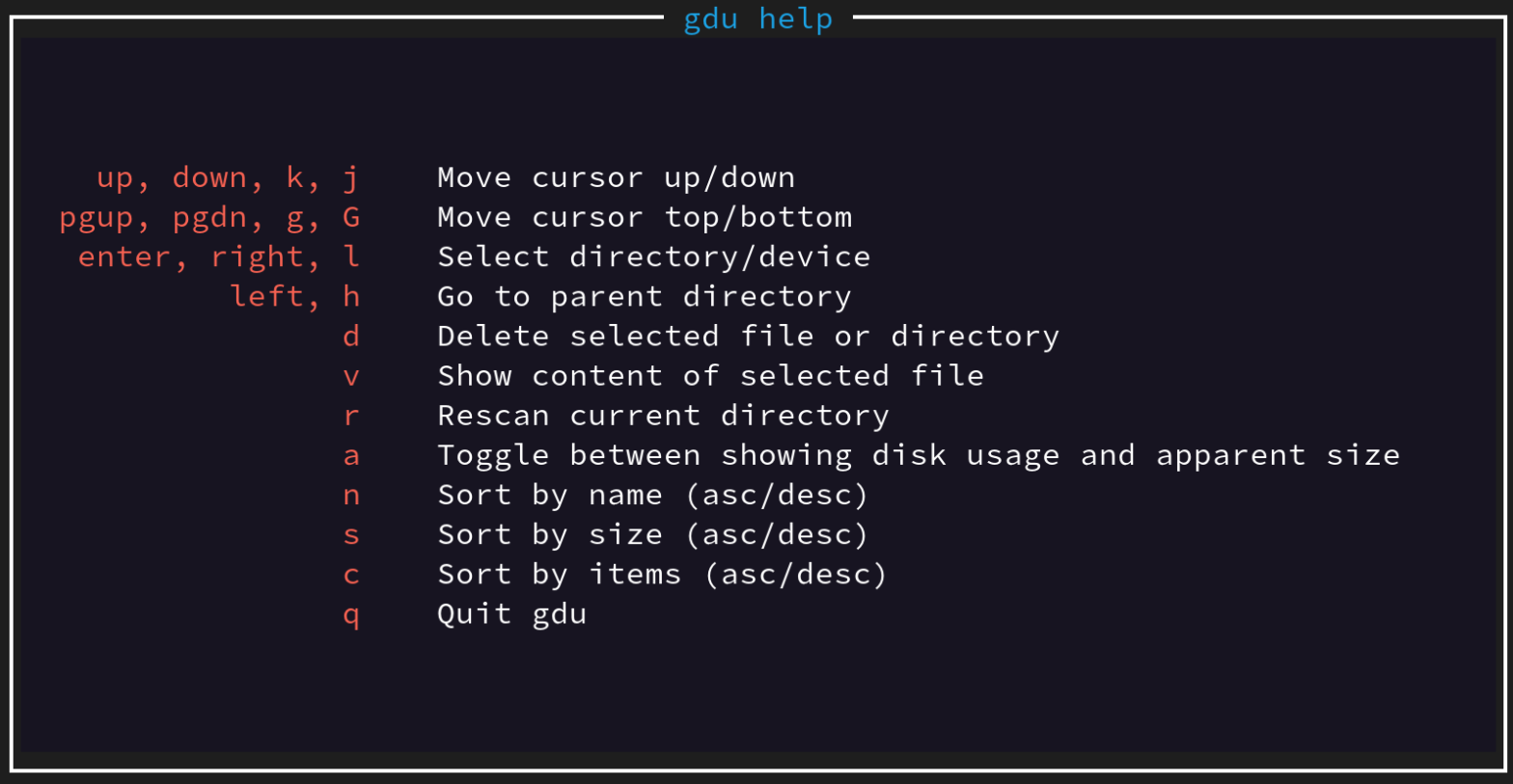
Singing the praises of gdu
I’m a long-term ncdu user, but I recently discovered gdu which is much faster. This isn’t to say ncdu is bad or undesirable anymore, but for most cases I’ll be replacing ncdu with gdu moving forward for the speed advances alone. If you haven’t seen either of these tools I suggest you check them out.…
-

The Server that might be TrueNAS Scale
What happens when you just get frustrated and buy an old server on ebay? Well… I don’t know yet because at the moment I’m checking the RAM with memtester on a System Rescue CD running off of a bootable USB drive. What I do know is that this computer has 64G of ECC RAM, 2…
-
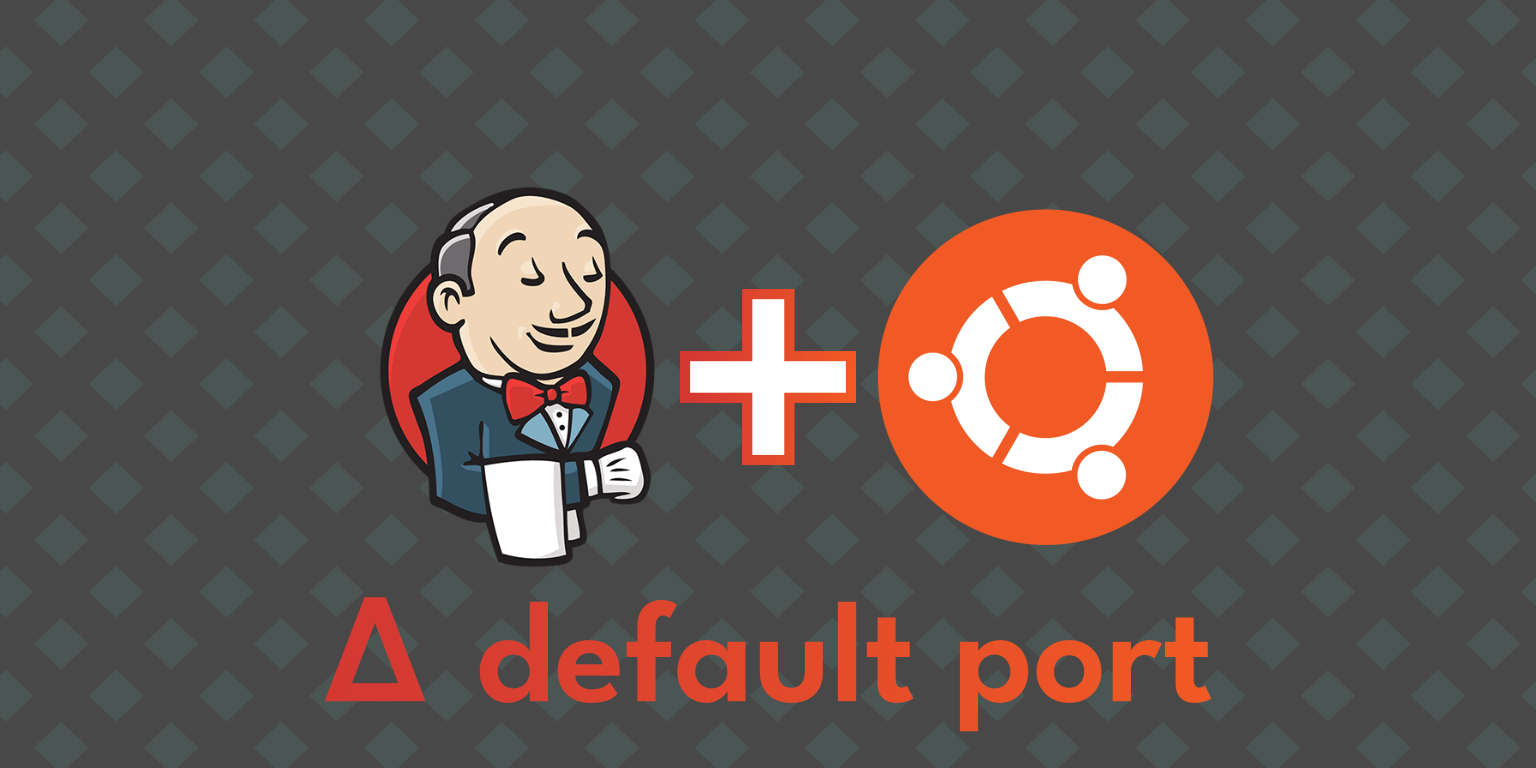
Jenkins + Ubuntu Server: Change Default Port
Ubuntu server has a nice installation up-front that allows you to pre-select some tools and services at install you might want to have running on your new server. If you happen to select Wekan it will default to port 8080. If you then happen to want to install Jenkins via their Debian/Ubuntu method it will…
-

Fedora 32 Wallpaper
This time around I was a late adopter (very late) and only recently upgraded my laptop to Fedora 32. It’s great to install a free and open OS and see a wallpaper you worked on greeting you (as I did with Fedora 32). I was involved in creating the Fedora 26 wallpaper as well which…
-
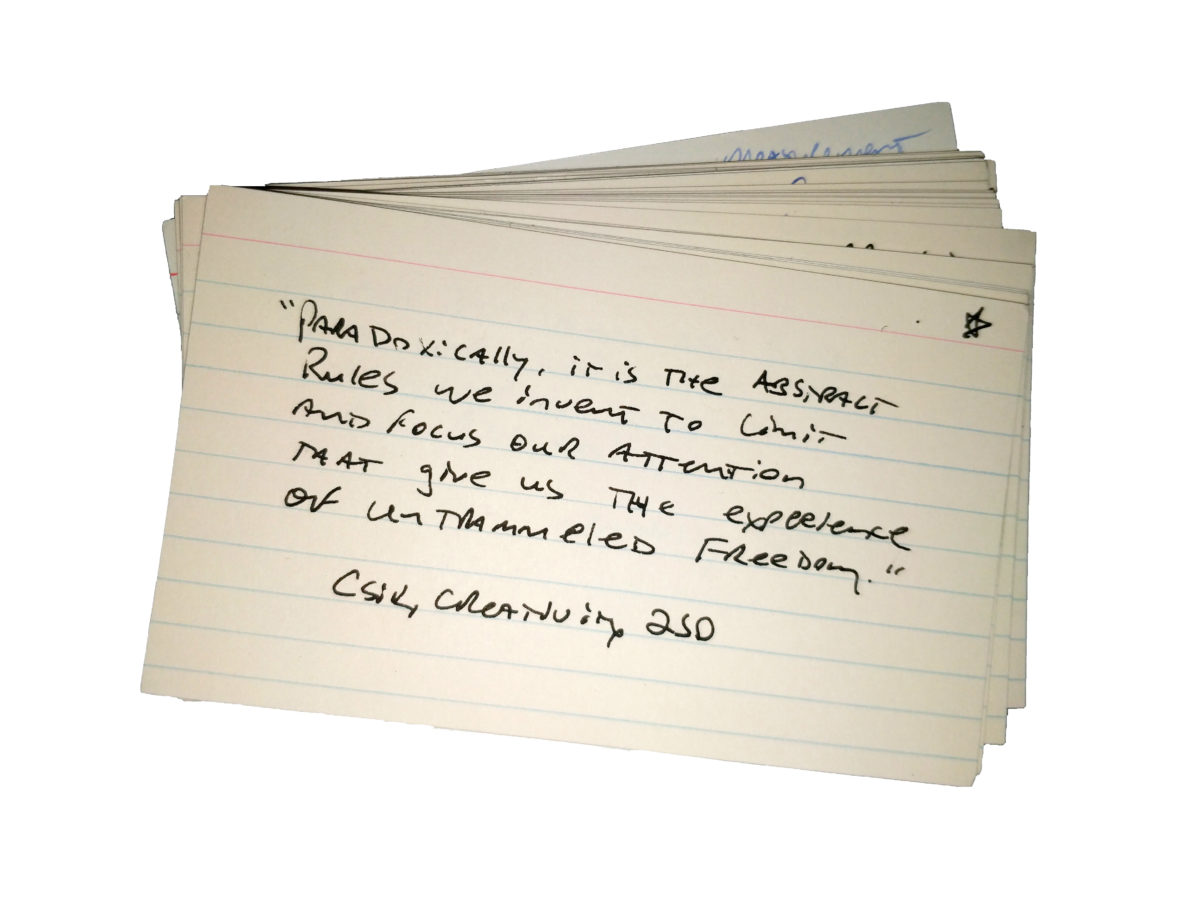
Goodbye, Quote Cards
I’ve been cleaning up some items and came across a series of index cards I was using for note-taking during my doctoral dissertation. This one is on the subject of creativity, freedom, attention, and rules. While this was a preferred method of mine years ago I’ve since migrated to Emacs’ org-mode. I happily typed these…
-

Can’t decide…
I’ve been playing around with other blogging platforms for a while now… Ghost, Hugo, Django, and others. Is WordPress what I continue to use? Something else? I wish this wasn’t such a struggle, but I’m keenly aware of what drives this indecision. 1. Nostalgia I am, first and foremost, driven by a nostalgia for a…
-
Mike Godwin’s First Essay On Encryption And The Constitution
https://www.techdirt.com/articles/20180304/23373739356/mike-godwins-first-essay-encryption-constitution.shtml In in 1993, when Mike Goodwin originally wrote this essay, I was a very young boy and I find it startling how similar the arguments are for encryption with respect to constitutional considerations 25 years later. My thanks to the people who fought the first crypto Wars.
-
Rainfall (2004) Released
For a very long time (I’m guessing ~10 years) I’ve had a blurb on the playscript section of my various websites saying: “Rainfall” (Coming Soon!) Now it has. Read it here. It’s a slow play. It was produced when I was in undergrad.
-
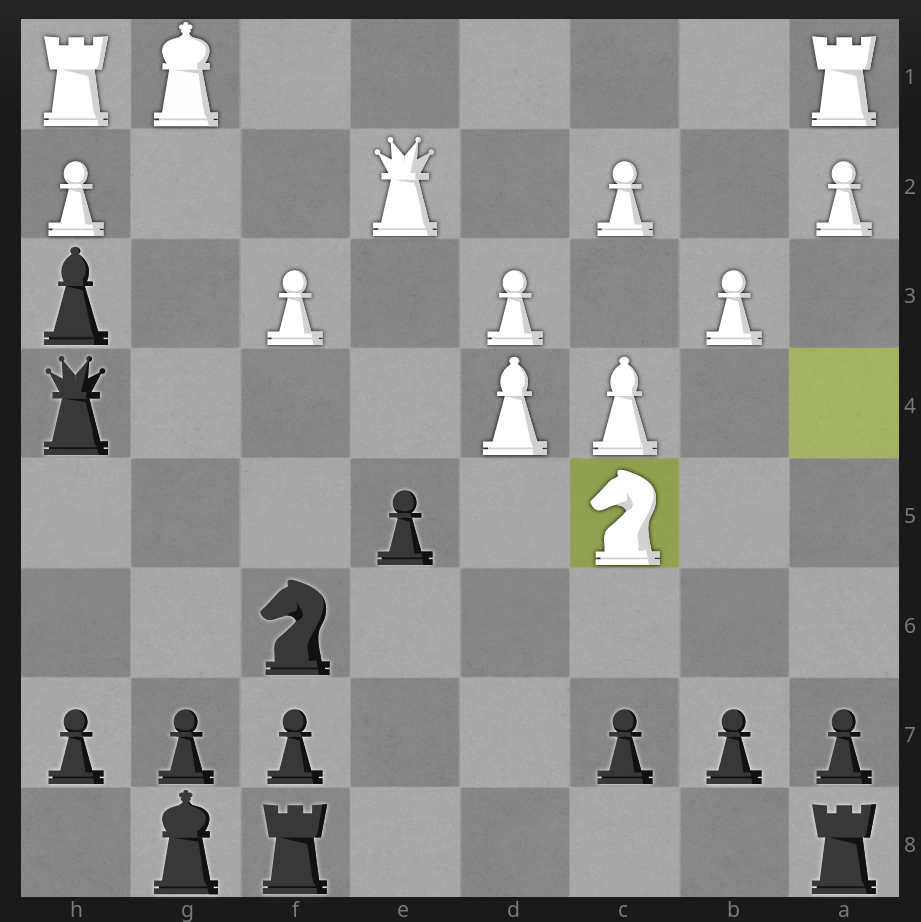
-
Unemployment in America, Mapped Over Time
Unemployment in America, Mapped Over Time – http://flowingdata.com/2016/10/17/animated-map-of-unemployment/
-
a quick drawing
instead of hand-drawing the stripes I’ve matched them up with a digital tool after the original hand-drawn outline. not certain I like this (in fact―pretty certain I don’t) but it’s clear that I’m going to move somewhere here to progress. we’ll see what happens there. At any rate―behold something new.
-
White keyboard layout
This is a pretty amazing use of programming and personal data to create a custom keyboard layout for yourself. Great read. This scoring method is then evaluated on a collection of text that is representative of all text I’ve typed in the last five years, which produces a number representing the objective function. Specifically, I…
-
Your Personal Archiving Project: Where Do You Start?
http://blogs.loc.gov/digitalpreservation/2016/05/how-to-begin-a-personal-archiving-project/ Pretty great, low-key article about not losing your mind organizing things. I suspect this is easier when it’s not your stuff. Never really thought about how archivists archive and it’s interesting. Wish they’d addressed long-term digital storage formats. Would assume you’d use free software if possible.
-
Image Optimization-Quick Script
Image Optimization-Quick Script http://blog.jdpfu.com/2016/03/24/image-optimization-quick-script
-
Václav Havel on the Temptations of Political Power
Politics is work of a kind that requires especially pure people, because it is especially easy to become morally tainted. https://www.cs.utexas.edu/users/vl/notes/havel.html
-
The Secrets of Surveillance Capitalism
So it is for me and perhaps for you: The bare facts of surveillance capitalism necessarily arouse my indignation because they demean human dignity. The future of this narrative will depend upon the indignant scholars and journalists drawn to this frontier project, indignant elected officials and policy makers who understand that their authority originates in…
-
Patreon Moves To Give Users A Chance To Respond To DMCA Notices Before Taking Down Content
Patreon Moves To Give Users A Chance To Respond To DMCA Notices Before Taking Down Content http://feedproxy.google.com/~r/techdirt/feed/~3/d_G4j3_ltXw/story01.htm
